Second Phase of Hamas-Israel Prisoner Exchange: A Step Toward Temporary Calm Amid Ongoing Tensions
The second phase of the Hamas-Israel prisoner exchange was completed on Saturday, marking a significant moment in the fragile ceasefire agreement brokered by Egypt, Qatar, and the United States. This phase saw the release of four Israeli hostages held by Hamas in Gaza and 200 Palestinian prisoners from Israeli jails, a move that has brought both relief and renewed tensions to the region.
Gaza/Tel Aviv – January 26, 2025



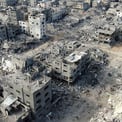
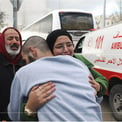


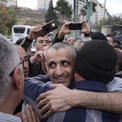



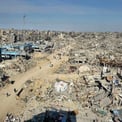

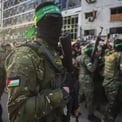




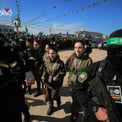
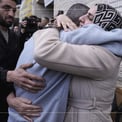


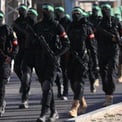



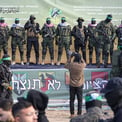

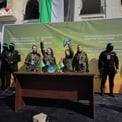






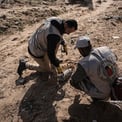
Key Details of the Exchange
The four Israeli hostages, all female soldiers aged 19 to 20, were identified as Karina Ariev, Daniella Gilboa, Naama Levy, and Liri Albag. They were handed over to the International Committee of the Red Cross (ICRC) in Gaza City and later transported to Israel, where they were reunited with their families. Their release was met with emotional celebrations in Tel Aviv, where crowds gathered at Hostage Square to witness the moment on large screens.
In exchange, Israel released 200 Palestinian prisoners, some of whom had been serving life sentences for attacks against Israelis. According to reports, 70 of these prisoners were deported to Egypt, while others were sent to the West Bank and Gaza. Among the freed Palestinians was Muhammad Al-Tous, the longest-held Palestinian prisoner, who had been incarcerated since 1985.
Humanitarian and Political Implications
The exchange is part of a broader six-week ceasefire agreement aimed at de-escalating the conflict that began with Hamas’s October 7, 2023, attack on Israel. The deal, which includes provisions for humanitarian aid to Gaza, has been hailed as a critical step toward addressing the dire conditions in the besieged enclave. However, challenges remain, as Israel has temporarily halted the return of displaced Palestinians to northern Gaza until the release of another hostage, Arbel Yehud, expected in the third phase of the agreement.
Reactions and Challenges
The swap has elicited mixed reactions. In Ramallah, Palestinians celebrated the return of their loved ones, with scenes of tearful reunions and public jubilation. Meanwhile, in Tel Aviv, the focus remains on the remaining hostages still held by Hamas. Israeli Prime Minister Benjamin Netanyahu emphasized the government’s commitment to securing the release of all hostages, stating, “This is a very happy moment that we have been waiting for a long time”.
However, the multi-phase nature of the agreement and the deep-seated distrust between the two sides have raised concerns about its sustainability. Analysts warn that the deal could collapse if either party fails to uphold its commitments, particularly as negotiations for a lasting peace remain unresolved.
Looking Ahead
The second phase of the exchange sets the stage for further negotiations, with the ultimate goal of achieving a permanent ceasefire and addressing the humanitarian crisis in Gaza. The international community, including the United States, has expressed cautious optimism, urging both sides to continue dialogue and uphold their humanitarian obligations.
As the region navigates this delicate process, the world watches closely, hoping that these steps will pave the way for a more stable and peaceful future.
